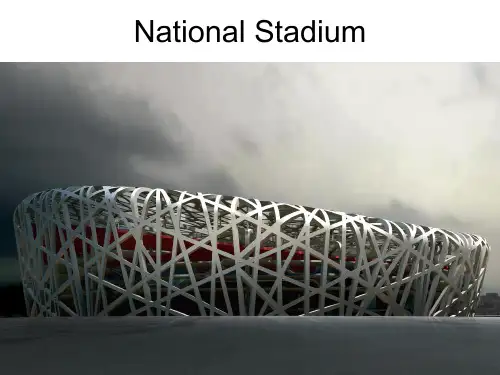11
when the night comes. From inside the stadium, there look like show off their blue and white elegant color to the outside of the stadium. Visitors can see it from the outside, bright blue colors that shine make Beijing Water Cube look more calm, quiet and cold when night comes.
The design combines modern technologies with Chinese traditional values. In tradition, Chinese conceptualized a square Earth and a round Heaven, and this formed the design's central theme. Moreover, the cube shape dominates ancient urban buildings. Its design is of traditional style to meet all its functional requirements.
15
History of Beijing hutong
In the past, Beijing was composed of hundreds of courtyards around the Forbidden City, and these lanes stretched out in all four directions, connecting the different kinds of courtyards in the city. Although originally formed in the Yuan Dynasty, the building of the these developed fast during the Ming and Qing dynasties. In the Yuan Dynasty, there were about 29 Hutongs, while in the Ming Dynasty, this number increased to 1,070. In the Qing Dynasty, it grew to 2,076. It is said that by 1949 there were as many as 3,250. But with the passage of time, and the requirement for city construction, the number of them has fallen dramatically. In 2003, only 1,500 were left, and now no more than 1,000 remain. Thus, protecting them is an urgent problem for modern people.










